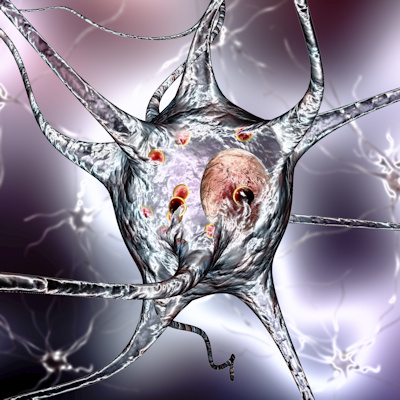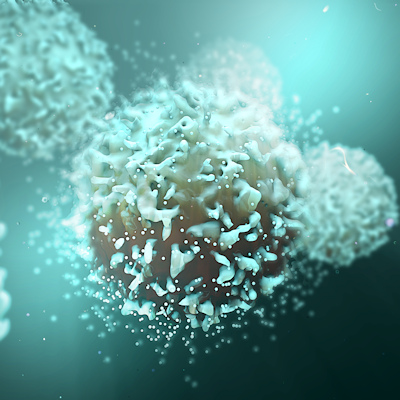January 17, 2023 -- Researchers at Sweden's Linköping University have created an artificial neuron that closely mimics the characteristics of biological nerve cells. They describe the work in a study, published recently in Nature Materials, indicating that the artificial neuron can stimulate natural nerves, making it a promising technology for various medical treatments.
Previous research demonstrated that an artificial neuron could be integrated into a living carnivorous plant to control its opening and closing. That synthetic nerve cell met two of the 20 neural characteristics, which differentiated it from a biological nerve cell. The new artificial nerve cell, called a conductance-based organic electrochemical neuron (c-OECN) mimics 15 of the 20 features that characterize biological nerve cells, making it more similar.
In 2018, the researchers developed organic electrochemical transistors based on n-type conducting polymers -- materials that can conduct negative charges. This made it possible to build printable complementary organic electrochemical circuits. They have since been optimizing these chemical transistors to be printed via printing press on a thin plastic foil. Thousands of transistors can now be printed on this flexible substrate and used to develop artificial nerve cells.
One of the key challenges in creating artificial neurons is incorporating ion modulation. Previous artificial neurons made of silicon emulated many biological neural features but could not communicate through ions. By contrast, c-OECNs use ions to demonstrate several key features of real biological neurons.
The c-OECNs ions are used to control electronic current flow through an n-type conducting polymer, leading to spikes in the device's voltage -- a process similar to that in biological nerve cells. The artificial nerve cell's unique material also allows the current to be increased and decreased in an almost perfect bell-shaped curve that resembles the activation and inactivation of sodium ion channels found in biological neurons. While several other polymers show this behavior, only rigid polymers are resilient to disorder, enabling stable device operation.
In collaborative experiments with Karolinska Institute, the c-OECNs were connected to the vagus nerves of mice. The artificial neuron was able to stimulate the vagus nerves, causing a 4.5% change in the heart rate of the mice. Since the vagus nerve plays a key role in the body's immune system and metabolism, the discovery may pave the way for essential applications in various medical treatments. The researchers now seek to reduce the artificial neurons' energy consumption, which is currently much higher than that of biological nerve cells.
"There is much we still don't fully understand about the human brain and nerve cells," said Linköping University postdoc and lead author Padinhare Cholakkal Harikesh, PhD, in a statement. "Mimicking the nerve cells can enable us to understand the brain better, and build circuits capable of performing intelligent tasks."
Copyright © 2023 scienceboard.net








